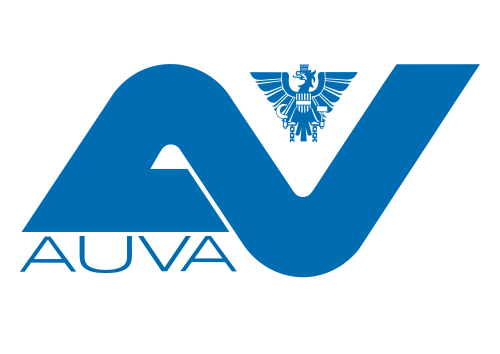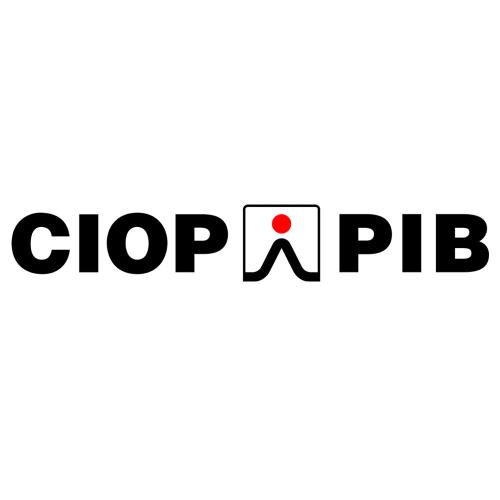
Video Napo – Napo’s Adventures, Safe Start
Other films featuring the character Napo are available at https://www.napofilm.net/en/napos-films/films?films=all.
The Napo Consortium currently has eight members








— AUVA (Austria), CIOP (Poland), DGUV (Germany), EU-OSHA (Bilbao, Spain), INAIL (Italy), INRS (France), SUVA (Switzerland) and TNO (Netherlands).
What is the purpose of OSH training?
OSH training helps you understand how to do your job safely and without risk of injury. It will give you the necessary information and practical skills to avoid dangerous situations at work. Some inappropriate work habits can lead to occupational injuries or occupational diseases. The training should teach you how to work safely and protect your health. The training should be based on risk assessment at your specific workplace, the measures your employer has taken to protect you from the risks, operating instructions for machinery and equipment, internal OSH regulations, etc.
What information should I receive from my employer when I start work?
Your employer must inform you about the risks of your job and tell you what measures they have taken to protect you from the risks. When you start work, you must be familiarized with the Code of Practice and the legal and other regulations ensuring safety and health at work that you are required to follow. The employer should also familiarize you with the collective agreement and internal regulations. The training must be carried out in a language you have a good command of.
Do I have to attend OSH training?
Yes.
OSH training is mandatory for all employees and you are required to attend.
Section 106 (4) (a) of Act No. 262/2006 Coll., the Labor Code
When do I have to attend OSH training?
You must complete the initial OSH training on the first day of your new job during working hours. There must not be a situation where you begin working without being trained in OSH.
You will receive OSH training in other situations during your employment, such as when:
- your job classification or type of work changes,
- new technology is introduced or the means of production or work change,
- technological and/or work procedures change,
- in other cases that may affect occupational safety and health (e.g., a serious occupational injury occurs in your workplace)
- for repeated (periodic) training.
Will OSH training be repeated?
Yes, if the nature and severity of the risk at your workplace so requires, the employer must repeat the training regularly. The frequency of training is at the employer's discretion. The usual time limit for retraining is two years.
Is OSH training free for me?
Yes.
The employer shall bear the costs associated with the OSH training.
Will I be paid for my time spent on OSH training?
Yes.
If the training is organized during working hours, it is considered an obstacle to work on the part of the employee, for which you are entitled to compensation in the form of wages or salary. If, for operational reasons, the employer cannot organize the training during working hours, it would be considered overtime work. In that case, you would be entitled to your wage plus an overtime pay premium of at least 25% of your average earnings, or compensatory time off equivalent to the overtime duration, as agreed with your employer.
How will OSH training be conducted?
The exact manner in which training will be conducted depends on your employer, who is responsible for determining the content, scope, frequency, form, and method of training, as well as verifying your knowledge and maintaining documentation of the training. Training can be organized in person, remotely, or in a combined form. Nowadays, the general part of the training is increasingly delivered online via e-learning.
For initial training upon starting work, the training should be divided into:
- A general section that should familiarize you with:
- legal and other regulations ensuring OSH,
- foreseeable occupational risks and the measures taken by the employer
- the employer's OSH information and instructions that you must follow in your work
- Workplace instruction will be focused directly on your workstation and the work activity you will be performing:
Workplace and workstation
- How is the workstation organized?
- Where can I find access and escape routes?
- Where are the switches for power, gas supply, etc.?
- What do the audible and visual signals used in the operation mean?
- Where can I find the first aid station and the first aid kit?
- Whom should I contact if I find defects or dangerous situations? What are the important phone numbers?
Work and technological procedures, operation of a specific machine or equipment
- What are the working and technological procedures and requirements for ensuring OSH when operating a machine or equipment, or for the material used, etc.?
- What personal protective equipment is designated for the work and how should I use it properly?
- What prohibited and dangerous work practices are forbidden for the machine?
The next chapter of the training is the introduction to the principles of safe operation of electrical equipment:
- operation of electrical appliances,
- defining permissible tasks with electrical equipment for persons without appropriate electrical qualifications
- prohibition of handling electrical equipment and other OSH principles according to the predominant work.
Special professional competence is required to operate certain equipment.
Can my OSH knowledge be tested?
Yes, your employer will determine how to verify your OSH knowledge.
Knowledge verification can be conducted, for example, through an oral interview, a written test after the training, or an examination. Documentation of the verification of OSH knowledge is stored in the employee’s personal file.